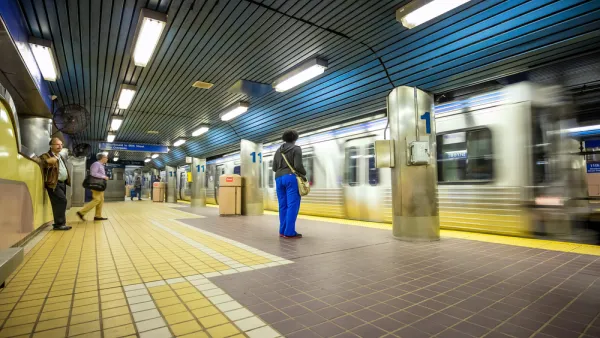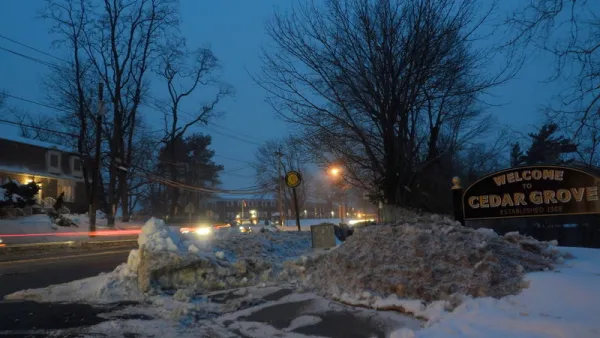Giant video screens and lighting displays are changing the face of buildings, but the content has not caught up to the technology. Peter Hall of Design Institute proposes that these displays could reflect the inner life of the buildings and the city.
"Buildings communicate their function and status through a language of visual signs. A cross on the roof generally signifies a church, a grand arch commemorates a triumph, steel-and-glass curtain walls usually indicate there are offices inside, and a duck-shaped or hot-dog shaped building usually means that poultry or hotdogs are for sale. A more dynamic system of communications arrived in the 20th Century with the first "zipper" sign in New York's Times Square in 1928, an illuminated bulletin board that transmitted the day's headlines: buildings henceforth began to communicate in data flows as well as via bricks and mortar. Today, commercial hubs from Times Square to Seoul are showcases of giant moving graphics that fly across several stories, though more often than not they are advertisements that disregard what is happening within the building itself. What if a sign did not simply tout new movies, sodas, and celebrity babies in one-way feeds, but instead revealed something unique about the building, its occupants, or its environment? What if the building could respond, in real time, to the movement of people, the weather, or the whims of bystanders or behind-the-scenes artists? Digital designers and architects have begun working together to move beyond the facade and give buildings a living skin."
FULL STORY: Living skins: Architecture as interface

Analysis: Cybertruck Fatality Rate Far Exceeds That of Ford Pinto
The Tesla Cybertruck was recalled seven times last year.

National Parks Layoffs Will Cause Communities to Lose Billions
Thousands of essential park workers were laid off this week, just before the busy spring break season.

Retro-silient?: America’s First “Eco-burb,” The Woodlands Turns 50
A master-planned community north of Houston offers lessons on green infrastructure and resilient design, but falls short of its founder’s lofty affordability and walkability goals.

Test News Post 1
This is a summary

Analysis: Cybertruck Fatality Rate Far Exceeds That of Ford Pinto
The Tesla Cybertruck was recalled seven times last year.

Test News Headline 46
Test for the image on the front page.
Urban Design for Planners 1: Software Tools
This six-course series explores essential urban design concepts using open source software and equips planners with the tools they need to participate fully in the urban design process.
Planning for Universal Design
Learn the tools for implementing Universal Design in planning regulations.
EMC Planning Group, Inc.
Planetizen
Planetizen
Mpact (formerly Rail~Volution)
Great Falls Development Authority, Inc.
HUDs Office of Policy Development and Research
NYU Wagner Graduate School of Public Service




























